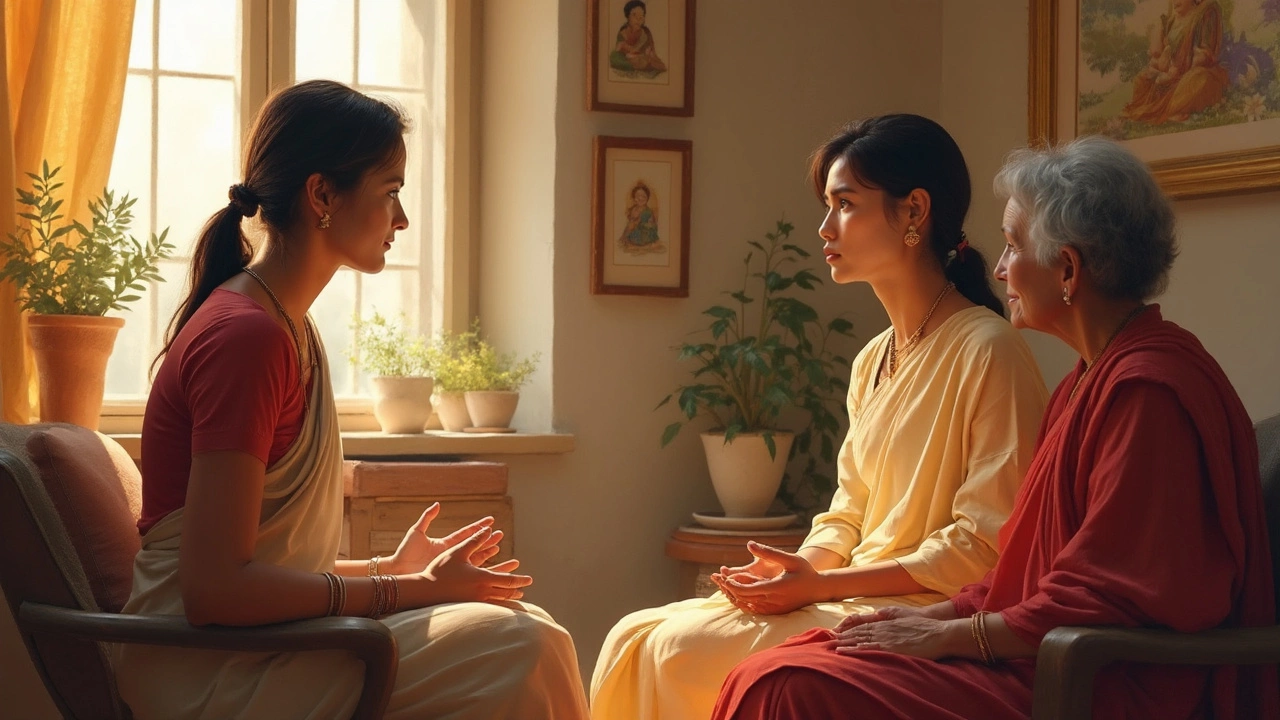Therapy Types Explained: What Works, When to Use Them
Feeling stuck and not sure which kind of therapy could help? You’re not alone. From ancient Ayurvedic practices to modern counseling, the options can feel endless. Below we break down the most popular therapy types, what they actually do, and how to pick the right one for you.
Ayurvedic and Holistic Therapies
Ayurvedic therapy is rooted in Indian tradition and focuses on balancing the body’s energies. The most common form is Ayurvedic massage (Abhyanga), which uses warm herbal oils and specific strokes to improve circulation, reduce stress, and support overall health. It’s a hands‑on approach that many find calming after a hectic day.
Another holistic option is the 80/20 rule in Ayurveda. It’s not a strict diet plan but a guideline: aim for 80% balanced habits and 20% flexibility. Applying this rule to daily routines, food choices, and sleep can make the benefits of Ayurveda easier to sustain.
Mental Health Therapies: Counseling vs Therapy
When it comes to mental health, the terms counseling and therapy get tossed around a lot, but they’re not identical. Counseling usually focuses on specific issues—like coping with a breakup or managing work stress—over a short period. Therapy, especially psychotherapy, digs deeper into patterns, past experiences, and long‑term change. If you’re unsure which you need, ask yourself whether you want quick tools for a current problem (counseling) or a deeper, ongoing process (therapy).
Both services rely on a trusted professional, but the training can differ. Counselors often have certificates in specific areas, while therapists typically hold degrees in psychology or social work. Checking credentials and asking about the therapist’s approach can save you time and help you feel confident about the fit.
Regardless of the type, the core of any effective therapy is a safe space where you can be honest without fear of judgment. That’s why many people start with a brief consultation to see if the therapist’s style matches their needs.
Choosing the right therapy type doesn’t have to be a gamble. Think about your goal—relief from physical tension, better sleep, emotional clarity, or long‑term personal growth—and match it with the method that targets that outcome. If you’re dealing with chronic pain or stress, an Ayurvedic massage might be the first step. If you’re wrestling with anxiety, counseling could give you quick coping tools, while therapy offers deeper insight.
Remember, you can also combine approaches. Many people enjoy a weekly counseling session for emotional support while getting a monthly Ayurvedic massage for physical balance. The key is to stay open, monitor how you feel, and adjust as needed.
So, which therapy type feels right for you today? Try one, notice the impact, and don’t be afraid to explore another if it doesn’t click. Your health is personal—pick the path that fits your life and stick with it long enough to see results.

Mental Health Therapist: What They Do and Why They Matter
Curious about what a mental health therapist actually does? This article breaks down the role of mental health therapists, types of therapies they offer, and how to find the right fit for you. Get clear, no-nonsense tips on what to expect in sessions and whether you need therapy yourself. Perfect for anyone considering therapy or wanting to help someone else. No jargon, just straight talk on what really matters.

Essential Limitations After Knee Replacement Surgery
Nov, 21 2024



